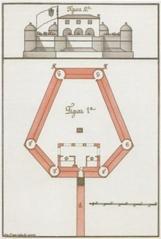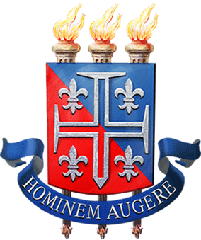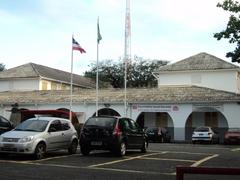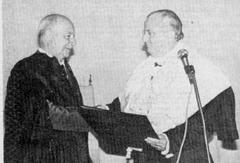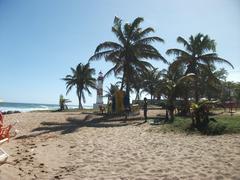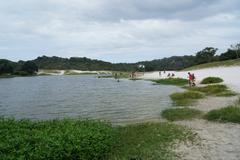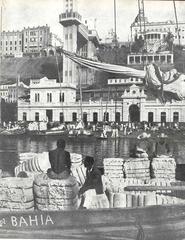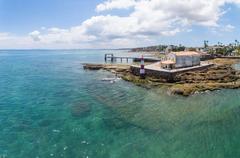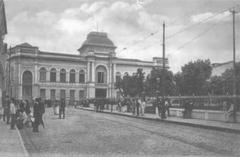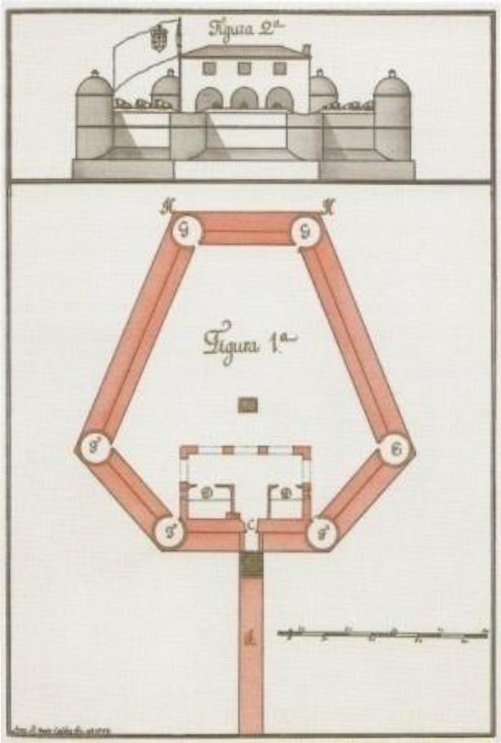
Visiting Forte de Monte Serrat: Hours, Tickets, and Historical Sites in Salvador
Date: 18/07/2024
Introduction
Forte de Monte Serrat, also known as Forte de São Felipe, is one of the most significant and well-preserved historical landmarks in Salvador, Brazil. Constructed in 1583, this fort stands as a testament to Brazil’s colonial past, offering visitors a unique blend of historical, architectural, and cultural experiences. Located on the Itapagipe Peninsula, the fort provides a commanding view of the Bay of All Saints (Baía de Todos os Santos), making it a strategic military site during its time (Bahia Turismo). Over the centuries, Forte de Monte Serrat has witnessed pivotal events, including the Dutch invasions of the early 17th century, and has undergone significant restoration efforts to preserve its historical integrity (Instituto do Patrimônio Histórico e Artístico Nacional). Today, it serves not only as a historical monument but also as a vibrant cultural venue, drawing thousands of visitors who come to explore its rich heritage and panoramic views. This comprehensive guide will delve into the fort’s history, architectural marvels, cultural significance, and practical visitor information, ensuring you have all the details needed for an enriching visit.
Table of Contents
- Introduction
- Early Construction and Strategic Importance
- Architectural Design
- Role in the Dutch Invasions
- Decline and Restoration
- Modern-Day Significance
- Historical Exhibits and Artifacts
- Cultural Impact
- Preservation Efforts
- Visitor Information
- Nearby Attractions
- Accessibility and Travel Tips
- Frequently Asked Questions (FAQ)
- Conclusion
Early Construction and Strategic Importance
Forte de Monte Serrat is one of the most significant historical military structures in Salvador, Brazil. Its construction began in 1583, during the colonial period, under the orders of the then Governor-General of Brazil, Manuel Teles Barreto. The fort was strategically positioned on the Itapagipe Peninsula, providing a commanding view of the Bay of All Saints (Baía de Todos os Santos), which was crucial for the defense against Dutch and French privateers who frequently threatened the Portuguese colony.
Architectural Design
The fort’s design is a prime example of Renaissance military architecture, characterized by its hexagonal shape and robust bastions. The structure was built using local materials, including sandstone and lime, which were readily available in the region. The fort’s walls are notably thick, designed to withstand cannon fire, and the bastions are equipped with embrasures for artillery. The architectural style reflects the influence of Italian military engineer Giovanni Battista Antonelli, who was instrumental in the design of several fortifications in the Spanish and Portuguese empires.
Role in the Dutch Invasions
Forte de Monte Serrat played a pivotal role during the Dutch invasions of Brazil in the early 17th century. In 1624, the Dutch West India Company launched an attack on Salvador, capturing the city and its fortifications. However, the Portuguese managed to recapture the city in 1625, and the fort was subsequently reinforced to prevent future incursions. The fort’s strategic location and robust defenses were crucial in repelling further Dutch attempts to seize control of Salvador.
Decline and Restoration
Following the decline of the Dutch threat, the fort’s military significance diminished, and it fell into a state of disrepair. By the late 19th century, the fort was largely abandoned and had suffered significant structural damage. Recognizing its historical importance, the Brazilian government initiated restoration efforts in the early 20th century. The fort was declared a National Historic Heritage site in 1938, and extensive restoration work was carried out to preserve its architectural integrity.
Modern-Day Significance
Today, Forte de Monte Serrat stands as a testament to Brazil’s colonial history and its strategic military importance. The fort is a popular tourist attraction, offering visitors a glimpse into the past through its well-preserved structures and historical exhibits. The site also provides panoramic views of the Bay of All Saints, making it a favored spot for photography and sightseeing.
Historical Exhibits and Artifacts
The fort houses a small museum that showcases a collection of historical artifacts, including cannons, military uniforms, and documents related to the fort’s history. These exhibits provide valuable insights into the fort’s role in the defense of Salvador and its significance in the broader context of Brazilian colonial history. The museum also features interactive displays and guided tours, enhancing the visitor experience and providing a deeper understanding of the fort’s historical context.
Cultural Impact
Forte de Monte Serrat has also played a role in the cultural life of Salvador. The fort has been the site of various cultural events, including historical reenactments, art exhibitions, and music festivals. These events highlight the fort’s enduring legacy and its importance as a cultural landmark in Salvador. The fort’s picturesque setting and historical significance make it a popular venue for weddings and other special occasions, further cementing its place in the cultural fabric of the city.
Preservation Efforts
Ongoing preservation efforts are crucial to maintaining the fort’s structural integrity and historical significance. The Brazilian Institute of Historical and Artistic Heritage (IPHAN) oversees the preservation and maintenance of the fort, ensuring that it remains a valuable cultural and historical resource for future generations. These efforts include regular inspections, structural repairs, and the implementation of measures to protect the fort from environmental damage.
Visitor Information
Visiting Hours
The fort is open from 9 AM to 6 PM daily.
Ticket Prices
Admission prices are 10 BRL for adults, 5 BRL for children and seniors, and free for children under 5.
For more information on visiting hours, ticket prices, and special events, visitors can check the official website of the Brazilian Institute of Historical and Artistic Heritage (IPHAN).
Nearby Attractions
After visiting Forte de Monte Serrat, consider exploring other nearby historical sites such as the Church of Bonfim and the Solar do Unhão. These sites offer additional insights into Salvador’s rich colonial past and vibrant cultural scene.
Accessibility and Travel Tips
The fort is accessible by public transportation and offers parking for visitors. It is recommended to wear comfortable shoes and bring water, especially during the hot summer months. Guided tours are available in multiple languages, enhancing the visitor experience.
Frequently Asked Questions (FAQ)
What are the opening hours of Forte de Monte Serrat? The fort is open from 9 AM to 6 PM daily.
How much are tickets to Forte de Monte Serrat? Admission prices are 10 BRL for adults, 5 BRL for children and seniors, and free for children under 5.
Are there guided tours available? Yes, guided tours are available in multiple languages.
Conclusion
Forte de Monte Serrat stands as a remarkable symbol of Salvador’s colonial heritage, offering a unique glimpse into Brazil’s historical and cultural fabric. From its strategic role during the Dutch invasions to its architectural prowess and modern-day cultural significance, the fort encapsulates a rich tapestry of history. Visitors are treated to stunning panoramic views of the Bay of All Saints, well-preserved historical exhibits, and a variety of cultural events that breathe life into this timeless monument (Visit Salvador da Bahia). Ongoing preservation efforts by the Brazilian Institute of Historical and Artistic Heritage (IPHAN) ensure that Forte de Monte Serrat remains a valuable cultural and historical resource for future generations (IPHAN). Whether you’re a history enthusiast, a photography lover, or a casual traveler, Forte de Monte Serrat offers a rich and immersive experience that is not to be missed.
References
- Bahia Turismo. (n.d.). Forte de Monte Serrat. Bahia Turismo.
- Instituto do Patrimônio Histórico e Artístico Nacional. (n.d.). Forte de Monte Serrat. IPHAN.
- Visit Salvador da Bahia. (n.d.). Forte de Monte Serrat. Visit Salvador da Bahia.
